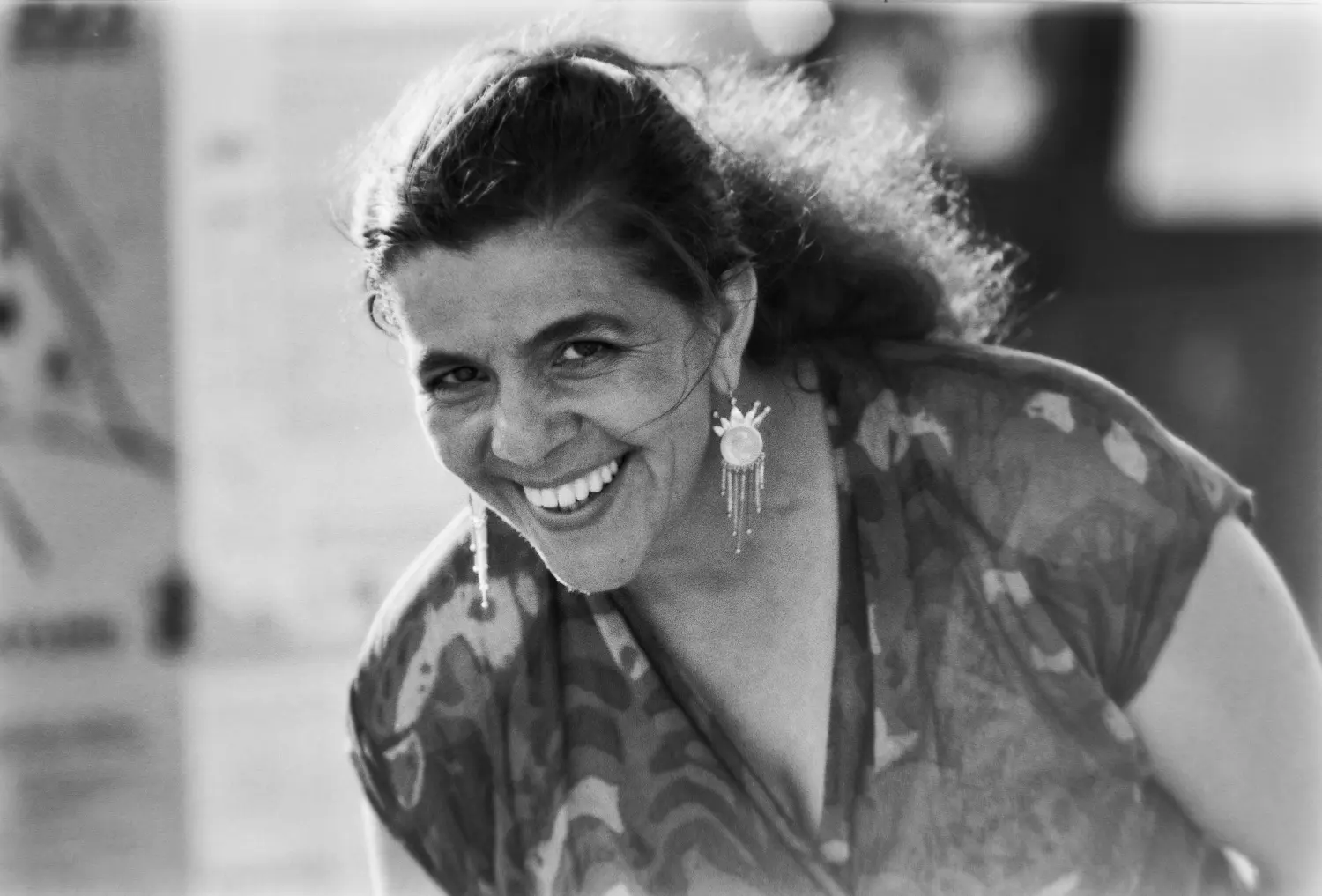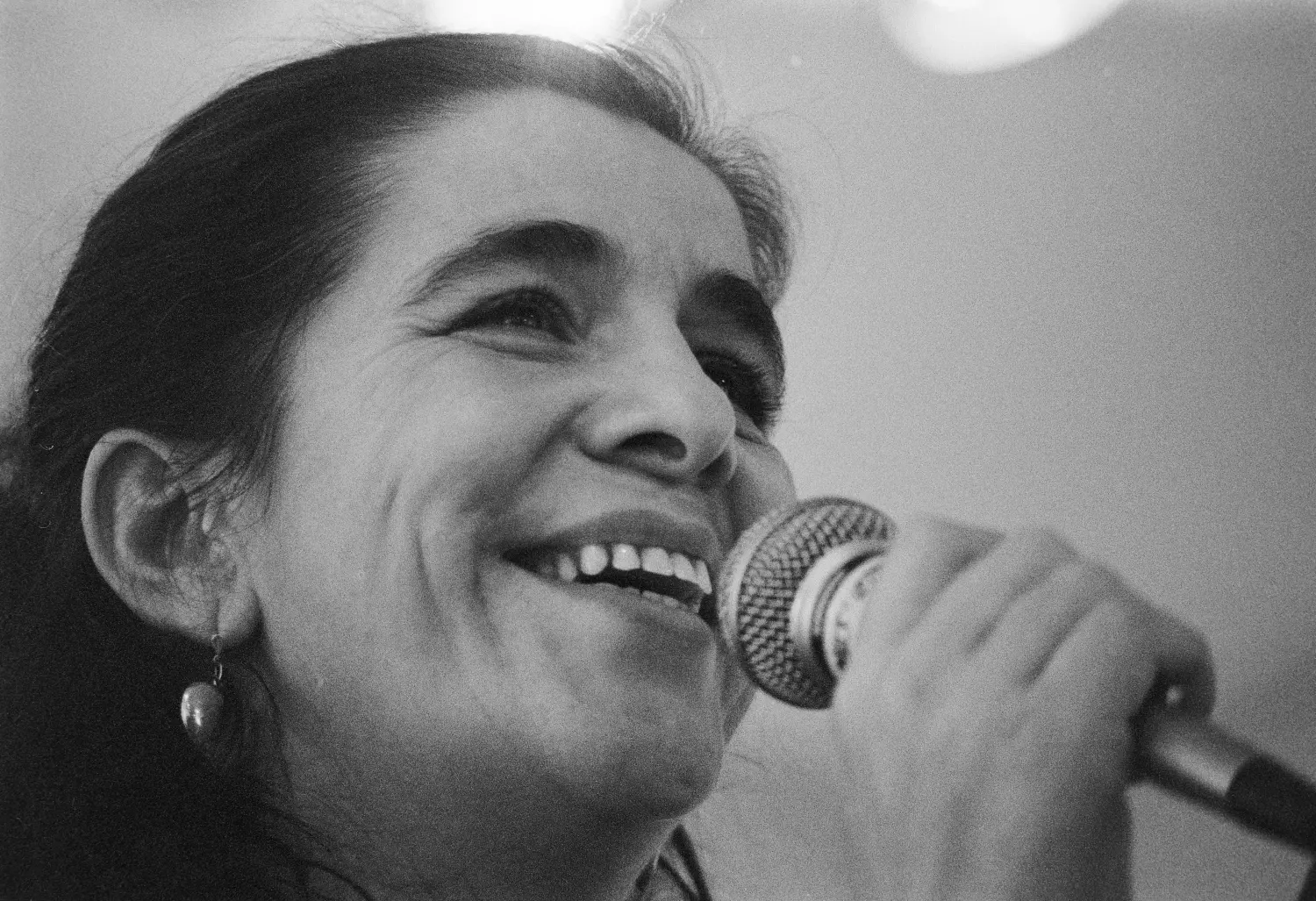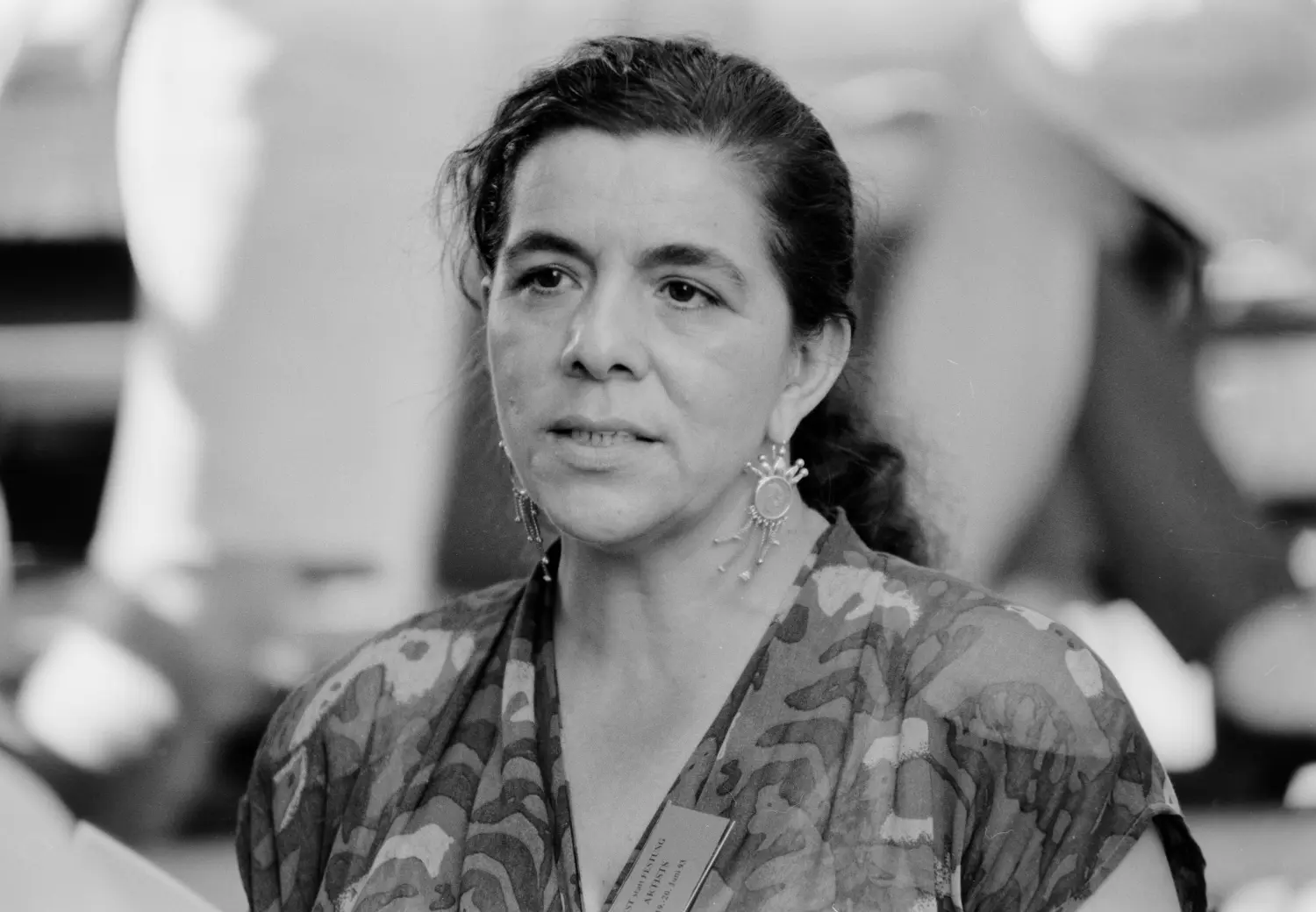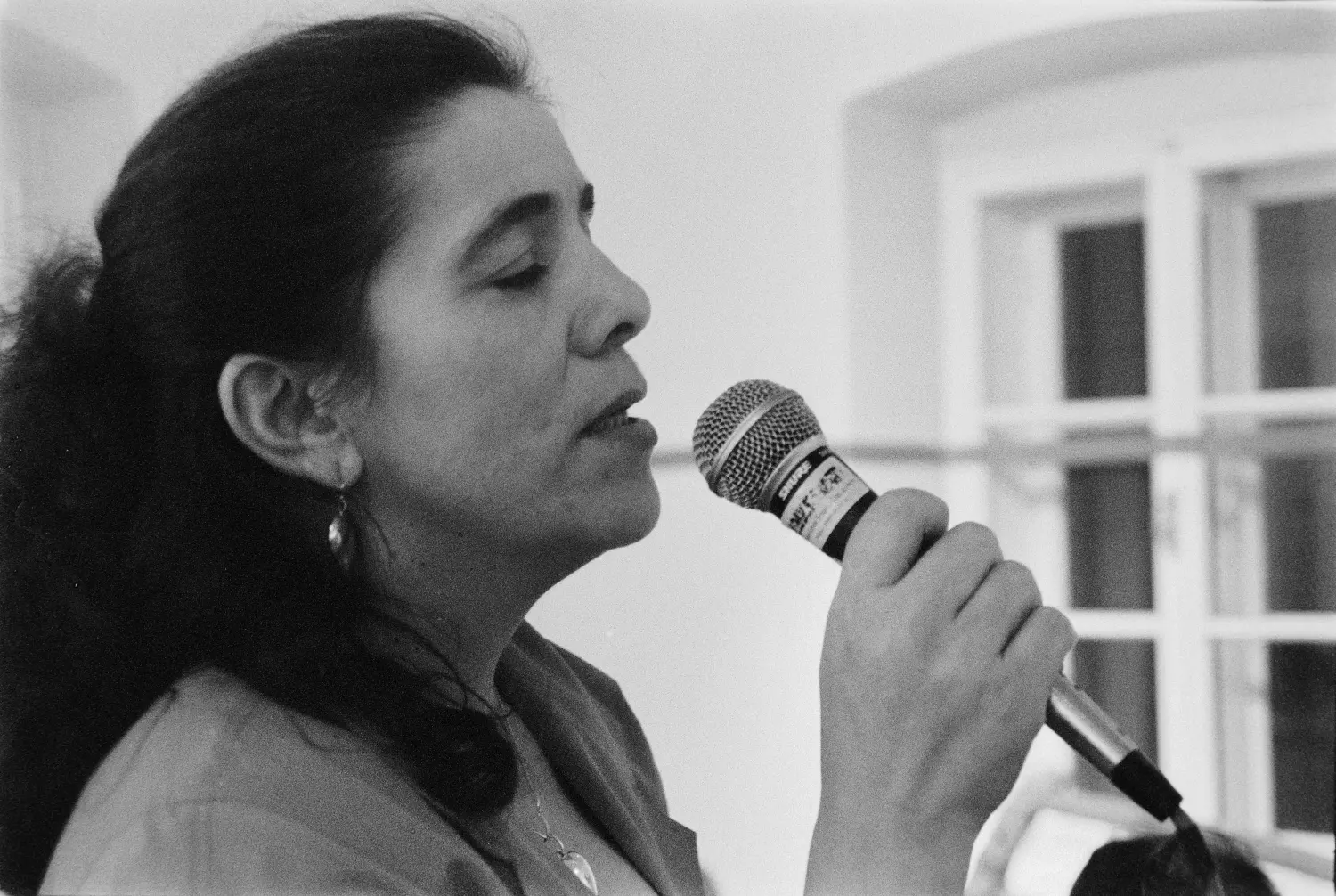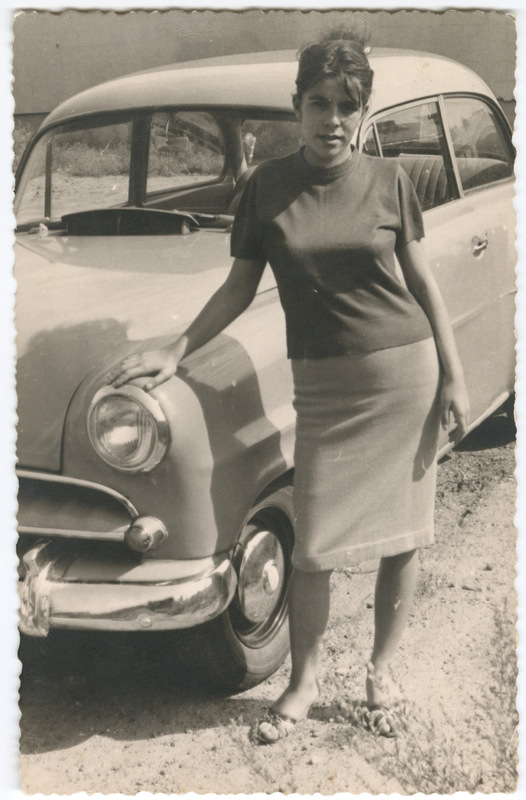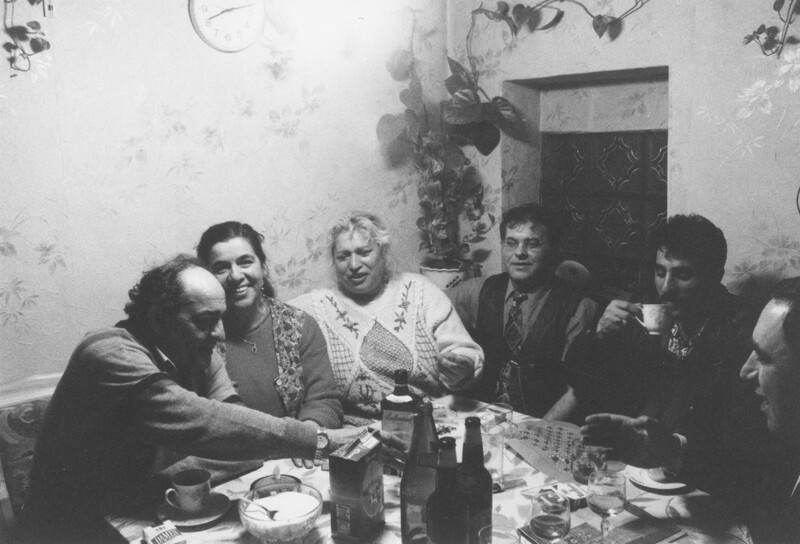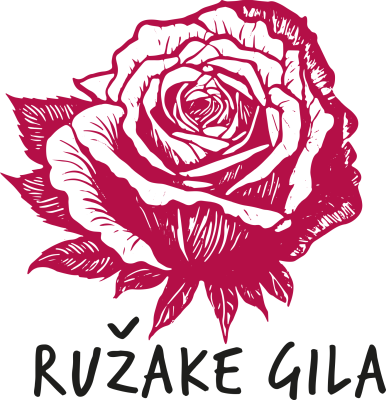Ruža Nikolić-Lakatos (1945-2022)
was an outstanding personality in Romani music in Austria and became publicly known as a representative of Lovari songs from the 1990s on. As an 'ambassador' of Romani culture she significantly contributed to spreading the music tradition in Austria and to recognising the Roma as an ethnic group. Until shortly before her death, Ruža Nikolić-Lakatos, whose first name means 'rose', performed regularly with her family, The Gypsy Family, throughout Austria and abroad.
Table of Contents
Ružake gila
Ružake gila is dedicated to the musical legacy of Ruža Nikolić-Lakatos. Conducted by the MMRC (Music and Minorities Research Center) of the University of Music and Performing Arts Vienna, the project contributes to the visibility and accessibility of Romani music in Austria. The digital exhibition gives an extraordinary singer a platform and enables her songs to live on.
The project leader, ethnomusicologist, and founder of the MMRC Ursula Hemetek has accompanied and documented the artistic development of Ruža Nikolić-Lakatos for over three decades. This led to a deep bond with the singer's family. From the more than a hundred hours of recordings archived at the university, Ursula Hemetek published some. This contributed significantly to making the Lovari songs and the person Ruža Nikolić-Lakatos known among the gaže, non-Roma. In addition to Ursula Hemetek's recordings, the Heinschink Collection, archived at the Phonogrammarchiv of the Austrian Academy of Sciences, is a treasure of sound recordings of Lovari songs since the 1960s, most of which have not yet been published.
© Nikolić family (1975)
The Nikolić family with the children’s godfather, Mozes F. Heinschink
The aim of the Ružake gila exhibition is to make the music of Ruža Nikolić-Lakatos available to the general public. The lyrics, translations, musical transcriptions, and explanatory texts to the songs support the process of understanding. The focus on individual songs and their contextualisation enables the discussion of a broad spectrum of socio-political, musicological, linguistic, and historical topics. It represents the song culture of the Lovara in Austria.
The Lovara
The Lovara are one of many different Roma groups in Austria, and part of the ethnic group. Traditionally active as horse traders, their name is derived from the Hungarian ló, horse. The Austrian Lovara originally came primarily from Hungary and Slovakia. Today, Lovara live in many European countries and in North and South America. There have been two major waves of Lovari migration to Austria, the first in the second half of the 19th century and the second following the Hungarian uprising in 1956. The Austrian Lovara settled primarily in the greater Vienna area.
During the National Socialist era, Roma in Austria were persecuted, deported to concentration camps and murdered - including the Lovara. After the Second World War, survivors could no longer pursue their traditional itinerant trade; the majority were established in the big cities and worked primarily in second-hand goods and carpets. Unlike other Roma groups, the Lovara were mostly not professional musicians but practised their musical tradition within their group.
The exact number of Lovara living in Austria today is not known. The use of Lovari Romani has declined sharply due to the adaptation to the lifestyle and language of the majority society.
Sources and further information:
- RomArchive - Digital Archive of the Sinti and Roma. RomArchive. Accessed on 05.03.2024. https://www.romarchive.eu/de/
- Hemetek, Ursula. Mosaik der Klänge. Musik der ethnischen und religiösen Minderheiten in Österreich. Wien: Böhlau, 2001.
- Cech, Petra, Fennesz-Juhasz, Christiane, Halswachs, Dieter W., und Heinschink, Mozes. F. (Hrsg.). Fern von uns im Traum...Te na dikhas sunende...Märchen, Erzählungen und Lieder der Lovara. Lovarenge paramiči, tertenetura taj gjila. Klagenfurt: Drava, 2001.
The Lovari Romani
Linguistically, the Lovari dialect belongs to the Vlach group of Romani, which is characterised by the former contact language of Romanian. Until a few decades ago, the language was transmitted purely orally and is in decline due to the decreasing number of speakers. As part of a research project at the University of Graz, the Lovari Romani was codified between 1997 and 1999. This means that especially grammar and vocabulary were described and analysed based on texts. A dictionary and two volumes of texts have been published.
The songs of the Lovara contribute significantly to the preservation of the language. In the letter of recommendation for the inclusion of the Lovari songs in the Austrian UNESCO List of Intangible Cultural Heritage, the Romani expert Mozes F. Heinschink argues:
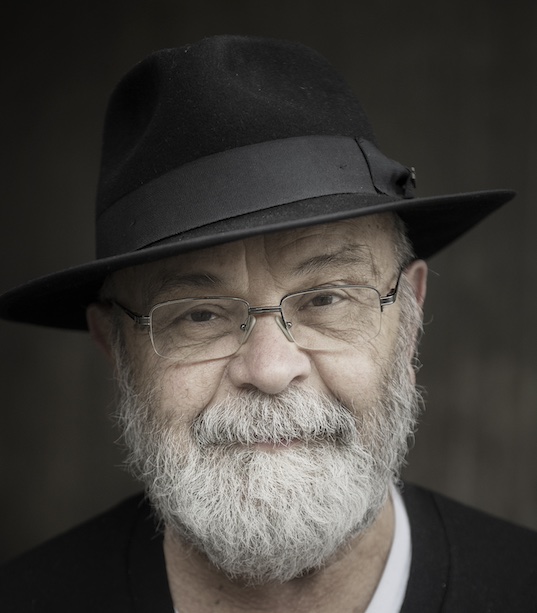
"In times of impending language change, the songs of the Lovara are a cultural element in which the language has been preserved, 'conserved' so to speak, and not as an everyday idiom, but in a phraseologically rich, poetic form - the aspect of a language that is the first to be irrevocably lost if it is not passed on. Their musical tradition is therefore not only identity-constituting for the Lovara, but also of inestimable value for the preservation of language as a factor of identity."
Sources and further information:
- Cech, Petra, Fennesz-Juhasz Christiane und Heinschink, Mozes F. Lovarenge paramiči taj tekstura anda Österreich. Texte österreichischer Lovara. Arbeitsbericht 2 des Projekts Kodifizierung der Romanes-Variante der österreichischen Lovara. Hrsg. von Halswachs, Dieter. Wien: Romano Centro, 1999. PDF
- Fennesz-Juhasz, Christiane. "Musik der Vlach-Roma". In: Rombase. Didactically edited information on Roma, 2002. PDF
- Fennesz-Juhasz, Christiane. 2011. "Expertise Fennesz-Juhasz. Lieder der Lovara," UNESCO Österreich. Lieder der Lovara. Accessed on 04.03.2024. PDF
- Heinschink, Mozes F. und Cech, Petra. Wörterbuch. Arbeitsbericht 3 des Projekts Kodifizierung der Romanes-Variante der österreichischen Lovara. Hrsg. von Halwachs, Dieter W. Wien: Romano Centro, 1999. PDF
- Heinschink, Mozes. F. 2010. "Expertise Heinschink. Lieder der Lovara." UNESCO Österreich. Lieder der Lovara. Accessed on 04.03.2024. PDF
- Heinschink, Mozes F. und Hemetek, Ursula (Hrsg.). Roma, das unbekannte Volk. Schicksal und Kultur. Wien: Böhlau, 1994.
- Heinschink, Mozes F., und Cech, Petra. Basisgrammatik. Arbeitsbericht 1a des Projekts Kodifizierung der Romanes-Variante der Österreichischen Lovara. Hrsg. Von Halswachs, Dieter W. Wien: Romano Centro, 1999. PDF
The Lovari Songs
Ruža Nikolić-Lakatos' songs can be divided into three genres based on musical and textual criteria: loke gila (slow songs) or mesaljake gila (table songs), khelimaske gila (dance songs), and neve gila (new songs). The two older genres of slow songs and dance songs constitute the inspiration for the new songs. Ruža Nikolić-Lakatos is a representative of a song tradition that has been passed down through many generations and is part of the cultural memory of the Lovara.
The songs of the Lovara differ from the musical styles of other Roma groups in Austria. The performance of the songs is generally soloistic. The instrumental accompaniment traditionally plays a subordinate role, especially in the slow songs. In terms of content, the songs refer to the family, the community, and the role of the individual within it, as well as to the Lovara's former way of living. In this respect, they serve as an expression of identity and represent valuable insights into the cultural traditions of the Lovara. In this sense, they function as a 'historiography' of the Lovari group and as a means of processing collective and individual experiences.
Traditionally, the songs were sung within the family at festivals and thus circulated within the Lovara across national borders. For a long time, they were not accessible to non-Roma, gaže. In the late 1980s, the ethnomusicologist Ursula Hemetek took notice of the singer Ruža Nikolić-Lakatos and wanted to record her songs. However, it took several years before a recording was made. The researcher reflects:
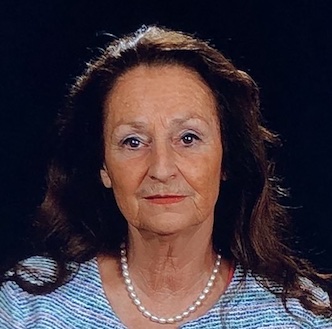
"I began to realise that every time Ruža sings, she offers a gift; she wants to give joy - the listener is the recipient. That's why it took a while before Ruža sang for me. Many conversations had taken place and a relationship of trust had to be established before Ruža was willing to sing for a recording. Public performances were out of the question."
In 1989, Ruža Nikolić-Lakatos performed for non-Roma, gaže, for the first time. This meant an opening up of the Lovari song tradition. Since then, the songs have also been performed as part of public performances, benefit concerts, cultural events organised by Romani associations, pilgrimages, etc., which means a change in the original performance context. After centuries of oral tradition, the songs have been disseminated as recordings since the 1990s and are now also available digitally.
© Nikolić family (1975)
Mišo Nikolić with son Martin
Performance Context of the Lovari Songs: Traditional
Traditionally, Lovari songs were community-based and dialogic. This means that they were sung in the family circle at the table and this only when prompted. This is also indicated by the name mesaljake gila, table songs. People were 'asked' for a song, i.e., encouraged to sing. This was seen as an honour, but also had associations with shamelessness, as it meant being the centre of attention. Therefore, the request from others was central. If a woman was to sing, she was never approached directly for reasons of politeness; husbands or fathers took over the request. This was also the case with Ruža Nikolić-Lakatos: She was around twelve years old when her father unexpectedly asked her to sing at a family celebration. He had overheard her singing to herself while doing housework, noticed that she was exceptionally talented and presented her as the family singer at a party.
Besides the food, singing was the central event at parties. It was commented on, evaluated and discussed for weeks afterwards. It was an intense experience for both the singers and the listeners and was seen as a communal interaction: Particularly with the slow songs, the loke gila, it was part of the music-making practice for the audience and performers to interact with each other. Through gestures, facial expressions and interjections, the soloists involved the audience and spontaneously adapted the text to the circumstances and the people present. The names of the people present were often incorporated into the texts. The audience, in turn, reacted with formulaic shouts, comments and questions and sang along to the end of the lines.
Ruža Nikolić-Lakatos at the age of 16
This recording of Jaj de dural, dural was made by Mozes F. Heinschink at the Nikolić family home in 1997. Ruža Nikolić-Lakatos sings in the presence of Slovakian guests, who introduce the song with wishing formulas, converse and sing along with the line endings. It is a recording that reflects the traditional performance context of the slow songs very well.
Furthermore, there were formulaic dedications with which the songs were introduced and ended, and which were answered accordingly by the present people. Formulas that introduce songs are, for example, engedelmo mangav, šavale... ("I ask permission, friends...") or šaj ertin, šavale taj Romale... ("forgive me, friends and Roma..."). After the others' request, they were used to obtain permission to sing. A special dedication or a general wish for those present was expressed with t'aven saste taj bachtale... ("healthy and happy you shall be..."), which was answered by the listeners with t'as bachtalo, muro phral ("happy you shall be, my brother") or t'aves vi tu, muri phen ("you too, my sister"). The songs were also accompanied by wishful phrases such as s'anda tumari patjiv! ("all in your honor!") or t'an bachtale, romale! ("happy shall you be, Roma!"). Also typical is the interjection apal phendas ("And then he/she said"), which introduces a new motif and indicates a change in the speaker's perspective. (Fennesz-Juhasz, 2011; Cech et al., 2001, translated from German by E. Leick)
© Mozes F. Heinschink
Ruža Nikolić-Lakatos next to her husband Mišo Nikolić at a party
Performance Context of the Lovari Songs: Public
Presenting the songs to non-Roma who neither speak nor understand Romani changed the interaction between performers and listeners. At the beginning of her public career, Ruža Nikolić-Lakatos had to get used to the fact that the typical reactions she knew from family celebrations were substituted by applause. At many performances, she explained the content of her songs to the gaže audience so that they could understand what they were about.
(GERMAN ONLY) In this audio recording, Manuela Nikolić explains how her mother organized public concerts.
She also included more and more dance songs in her public performances, which were less text-based and created a connection with the audience through melody and rhythm. The singer also asked her audience to dance, which was often accepted by the listeners and thus represented another form of participation that did not depend on language skills.
(GERMAN ONLY) Ruža Nikolić-Lakatos reflects on her choice of songs for a non-Roma audience and emphasizes that it is important to her that the audience gets an insight into her culture.
(ROMANES) Ruža Nikolić-Lakatos answers Mozes Heinschink's question as to who she prefers to sing for - Roma or non-Roma.
"I can tell you that, on the one hand, I'm happy that I can sing for the non-Roma, because I'm helping our people so that they don't talk about them and think bad things about our Roma. Because when I sing among non-Roma, when the 'gaže' come to us and keep asking questions, I can then tell people that we are not bad people, that the Roma are not what they think they are. That's very good. And I think that has helped a lot with those who are not Roma. Well, [on the other hand] it's normal that it's nicer among the Roma and that you feel better when you sing. Isn't it? Because, you know, they understand you, they know the songs, which songs there are, and they call out to me: ‘Ruža, sing me this one now! Ruža, sing me the one from the bridge now!’ And that makes me feel good, you know, when I feel and hear that they know the old songs and haven't forgotten them - the ones I [already] sang 30, 40 years ago."
Sources and further information:
- Cech, Petra, Fennesz-Juhasz, Christiane, Halswachs, Dieter W., und Heinschink, Mozes. F. (Hrsg.). Fern von uns im Traum...Te na dikhas sunende...Märchen, Erzählungen und Lieder der Lovara. Lovarenge paramiči, tertenetura taj gjila. Klagenfurt: Drava, 2001.
- Fennesz-Juhasz, Christiane. 2011. „Expertise Fennesz-Juhasz. Lieder der Lovara,“ UNESCO Österreich. Lieder der Lovara. Accessed on 04.03.2024. PDF
- Heinschink, Mozes. F. 2010. „Expertise Heinschink. Lieder der Lovara.“ UNESCO Österreich. Lieder der Lovara. Zugriff am 04.03.2024. PDF
Themes and Motifs
The lyrics of Ruža Nikolić-Lakatos' songs reflect the old Romani way of life, the importance of the community and the role of the individual within it. The new songs, the neve gila, are mainly about the relationship between the genders, about social behaviour that contradicts or conforms to the code of honour, and about the emotions of the person in love or abandoned. Rarely, some songs address a political situation.
The songs of this exhibition can be divided into four thematic categories. It needs to be emphasized that this is only a selection from Ruža Nikolić-Lakatos' large repertoire and that the thematic categories are fluid. They were chosen to categorize the songs in a meaningful way here.
Songs about Interpersonal Relationships
These songs are about love, life in the community, and behaviour that (does not) conform to the code of honour. Very often they are about infidelity and abandonment and the resulting consequences. Almost all Ruža Nikolić-Lakatos' songs revolve around this theme, as they reflect life in society and tell of true events.
(GERMAN ONLY) Manuela Nikolić comments on the frequent motif of wooing.
Lament
In this thematic category, the first person laments their suffering. This lament is addressed either to the mother or to God. In these songs, a perceived pain is expressed, often in connection with loneliness or poverty.
Political Song
Ruža Nikolić-Lakatos rarely refers to a political situation in her songs. The most prominent example is Phurde bajval phurde, the lyrics of which she wrote on the occasion of the terrorist attack in Oberwart in 1995.
Prison Song
This thematic category is typical of the old Lovari songs. The lyrics tell stories from the perspective of an imprisoned person.
(GERMAN ONLY) Ruža Nikolić-Lakatos speaks about prison songs and how they come about.
Guitar Accompaniment
The guitar plays a special role in Lovari music, although only since the 1970s. The Hungarian Roma band Kalyi jag set a trend in this direction within the Lovari scene. Before that, a cappella songs were the main expression of Lovari musical identity. Since the 1970s, the guitar has been used mainly to accompany songs, and its importance has been growing ever since. With the help of this instrument, children learn the songs of their elders and later pass them on to their children. In this way, the guitar serves as a musical bridge between generations and a musical cradle through which Roma grow into their musical culture. The family of Ruža Nikolić-Lakatos is no exception.
Most of the guitar parts heard on this digital exhibition are played by Ruža’s husband, Mišo Nikolić. He is a true master of his instrument, as he can make a guitar sound in many different ways – from rapid off-beat accompaniment on the fast dance songs (khelimaske gila) to sensitive arpeggios on the slow songs (loke gila). What is special about these recordings is how beautifully Ruža and Mišo are synchronised in their performance. Ruža often phrases her songs very freely; their tempo evolves and changes with Ruža’s mood at any given moment. Yet, Mišo is always on the beat, so to speak, and wherever Ruža goes in the song, he follows her gently and precisely. One might say it verges on musical telepathy. But it is rather the great musical (and human!) bond between these exceptional musicians.
Thanks to the transcriptions of the vocal melodies and guitar chords, it is possible to try to engage with the songs and play along with the recordings. It might come as a surprise to find that you often have to tune your instrument up or down a little as the songs do not sit so sharply in a key. This, nevertheless, also gives an insight into Romani music-making at that time. In Ruža’s and Mišo’s time, these things were not so important. What was most appreciated was when the song was played and sung with feeling – something that both Ruža and Mišo knew very well.
UNESCO Recognition
In 2011, the songs of the Lovara were added to the UNESCO List of Intangible Cultural Heritage in Austria. Ruža Nikolić-Lakatos was the applicant, supported by expert opinions from Christiane Fennesz-Juhasz and Mozes F. Heinschink. The songs of the Lovara have since been registered in the oral traditions and expressions of intangible cultural heritage in Austria.
More information: UNESCO - Songs of the Lovara
Folk music researcher and cultural manager Maria Walcher was head of the Austrian National Agency for Intangible Cultural Heritage at the Austrian UNESCO Commission for many years. She was previously Secretary General of the Austrian Folk Song Society (Österreichisches Volksliedwerk). Maria Walcher and Ursula Hemetek have worked closely together for many years in various functions. In a field research interview for Ružake gila, Maria Walcher reports on how the Lovari songs came to be recognised in the Austrian List of Intangible Cultural Heritage of the UNESCO Convention and what role Ruža Nikolić-Lakatos played in this.
Zitierempfehlung anzeigen
Bitte zitieren Sie diese Seite wie folgt:
Music and Minorities Research Center, "Basics", Ružake gila, zuletzt besucht am Loading date..., doi.org/10.21939/23dv-v776

